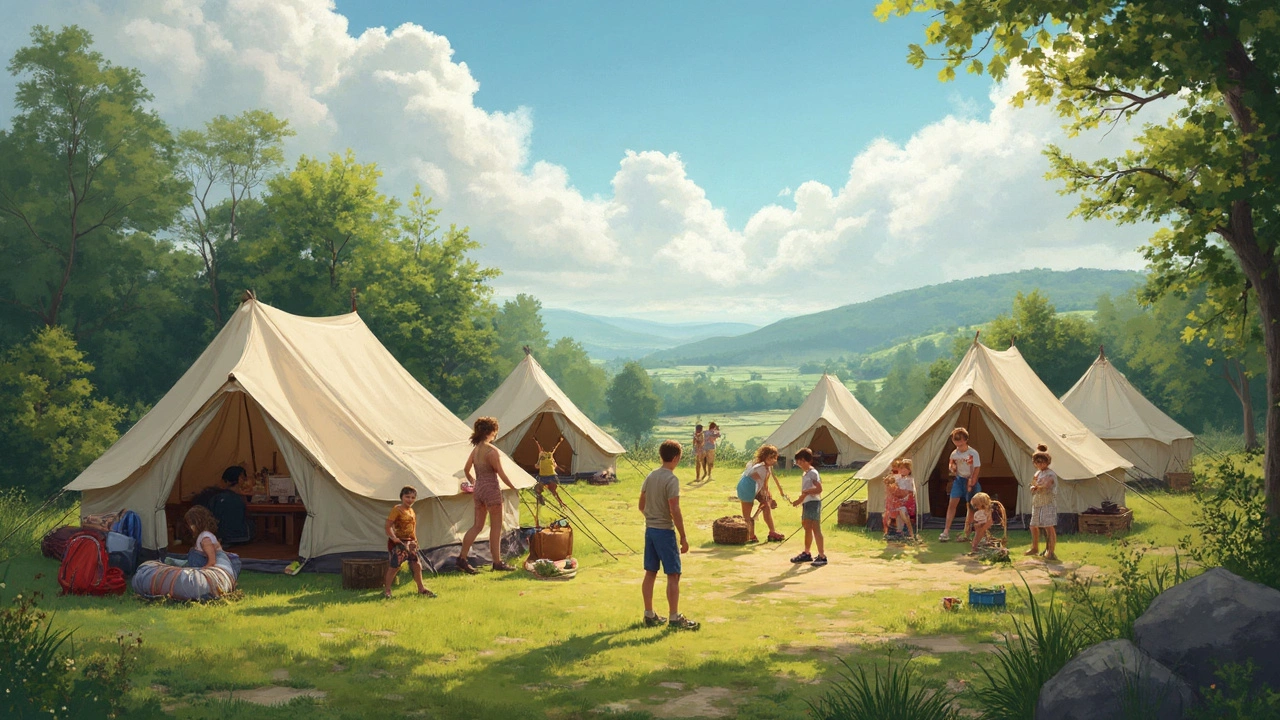Family Campsite Safety: Easy Tips for a Trouble‑Free Holiday
Planning a camping holiday with kids? You want fun, not drama. A few simple habits can make the whole trip safer and more enjoyable. Below are the most useful things to do before you set up camp and while you’re there.
Before You Arrive – Planning for Safety
Start with a quick check of the campsite. Look for clear fire pits, good lighting, and a flat spot away from water. Read the site’s rules – many places forbid open fires or require you to keep pets leashed. Write down the emergency numbers for the area; a quick phone call can save a lot of stress.
Make a safety kit for the family. Include a basic first‑aid box, extra band‑aids, antiseptic wipes, and any medication your kids need. Add a flashlight, a whistle for each child, and a small multi‑tool. Pack the kit in a waterproof bag so it’s ready if you need it.
Teach kids the basics before you leave. Show them how to spot a fire danger, why they should stay inside the camp boundary, and how to call for help. A short role‑play of “what if” situations (lost child, cut finger) helps them remember the steps.
Plan where you’ll keep valuables. Store food in sealed containers away from where you sleep to avoid attracting animals. Use a lockable box for passports, cash, and electronics, or keep them in the insulated part of your motorhome.
On‑Site Essentials – What to Do When You’re There
Set up the tent or motorhome on level ground. If you’re on a slope, use sturdy pegs and rope to secure the tent. Check that the door opens easily and there’s a clear exit path in case of fire.
Fire safety is a top priority. Only use the designated fire pit, never leave flames unattended, and keep a bucket of water or sand nearby. Teach kids never to play with matches or lighters – give them a specific “fire watch” role if they’re old enough.
Keep the site tidy. Food scraps and rubbish draw wildlife. Store waste in sealed bins and take it out regularly. Show kids how to clean up after themselves – a quick sweep of the area each evening helps a lot.
Watch the weather. If rain is forecast, bring a tarp and make sure the tent’s drainage works. In hot weather, set up shade (a tarp or canopy) and keep plenty of water for drinking and cooling down.
When night falls, do a quick headcount before anyone sleeps. Make sure every child knows where the lights are and how to get out of the tent or RV in darkness. A small night‑light can prevent trips and bumps.
Finally, stay relaxed. Kids pick up on your mood, so if you’re calm, they’ll feel safe too. A little preparation goes a long way, turning a simple campsite stay into a happy, safe memory for the whole family.
How Risky Is Camping? A Real Look at Staying Safe Outdoors
Camping with family sounds straightforward, but it’s not always a walk in the park. This article breaks down real risks at family campsites, from weather surprises to wildlife encounters. You'll get facts on what actually causes most injuries and what you can do to dodge them. With first-hand tips and surprising stats, the goal is to make your trip safe and fun. Forget scare tactics—this is your no-nonsense camping safety checklist.
